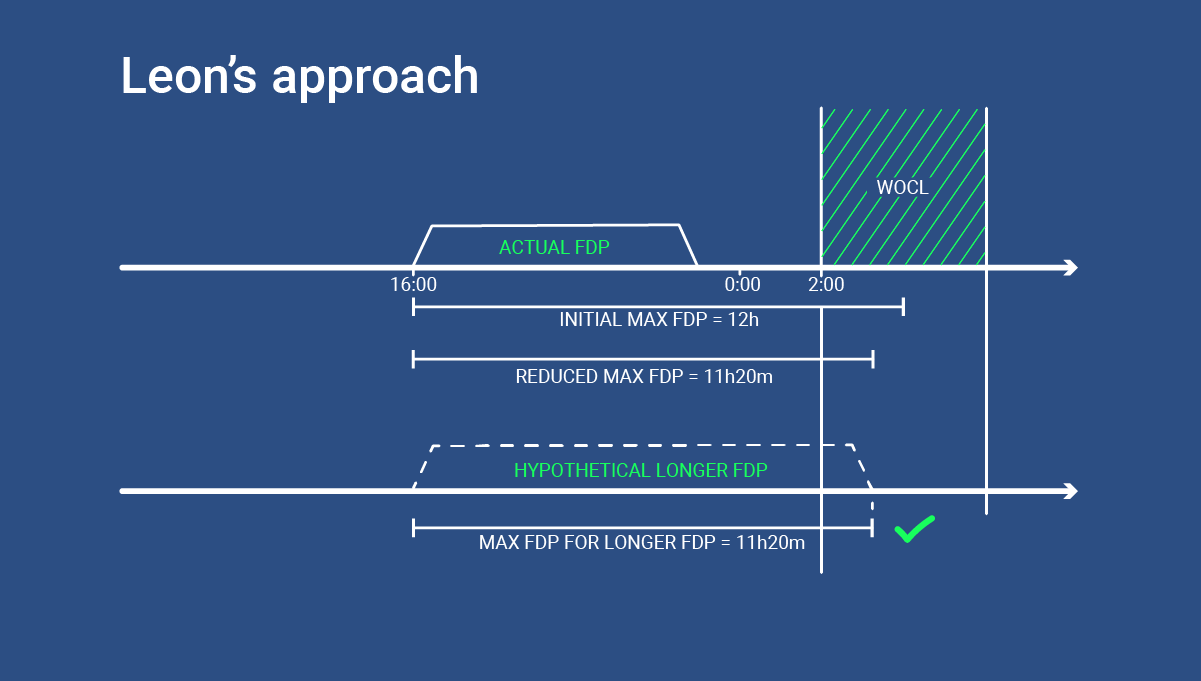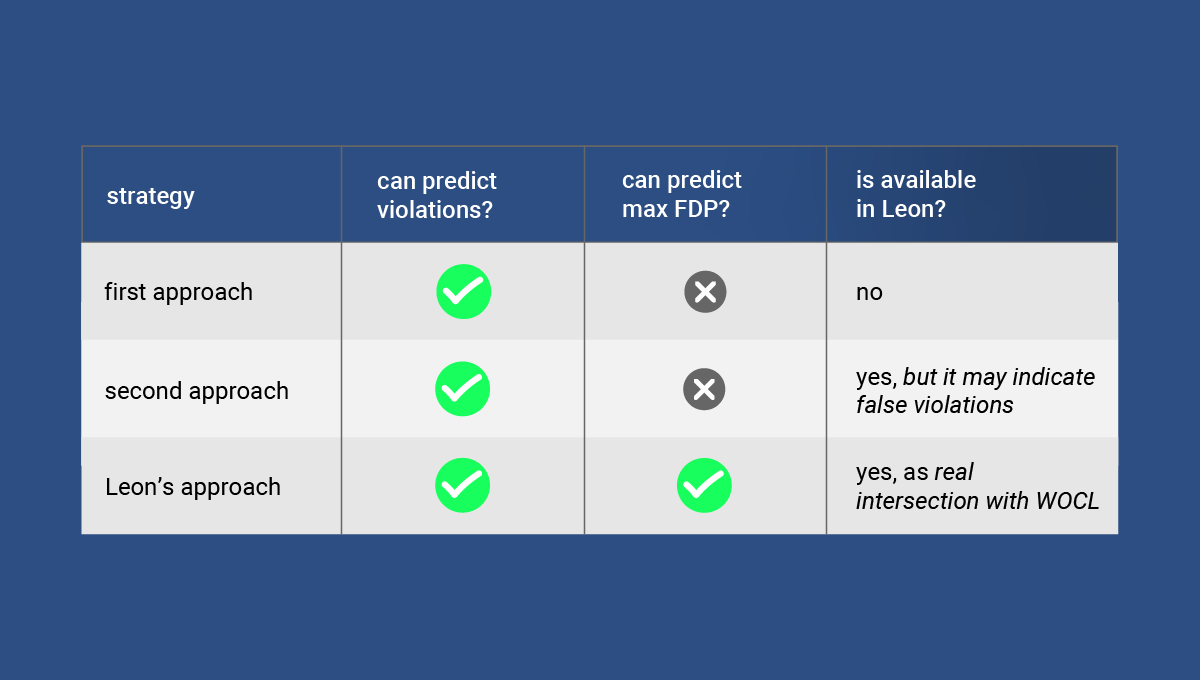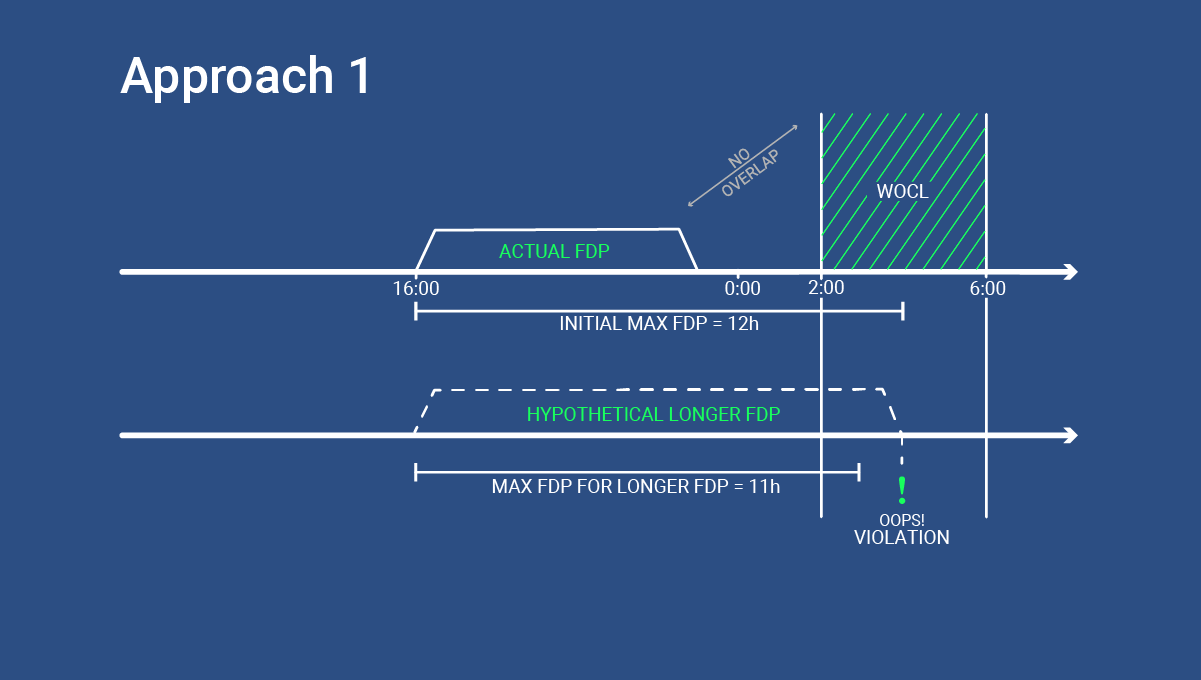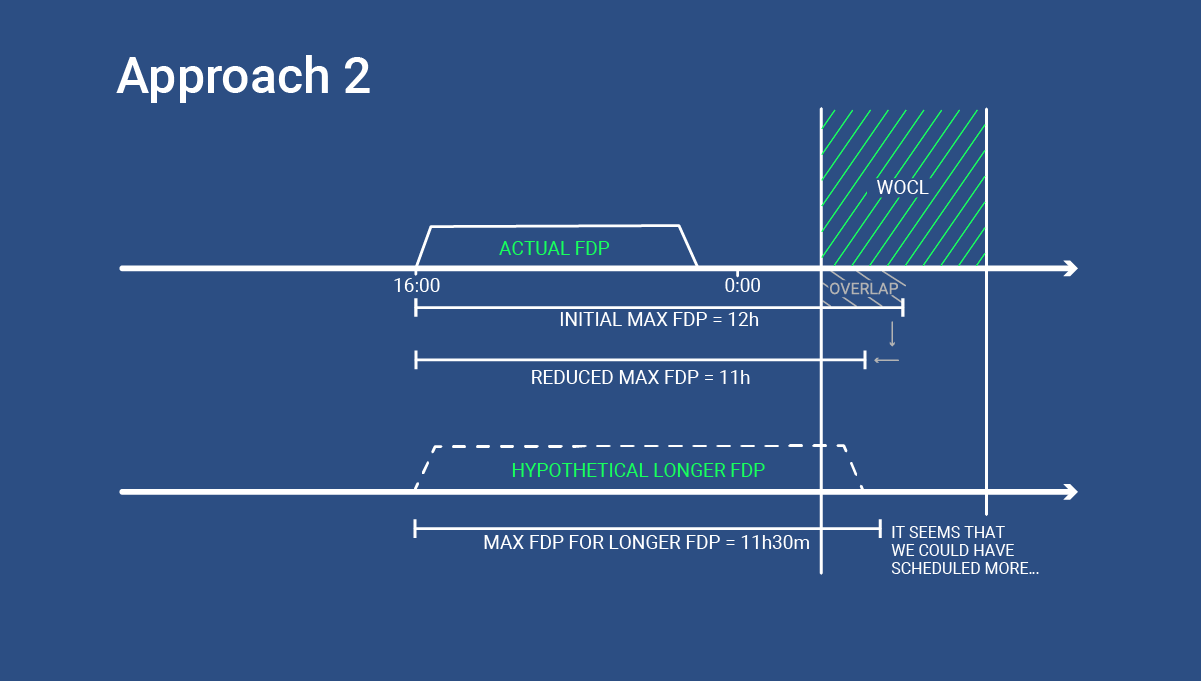Everything You Always Wanted to Know About WOCL
So tell us something about yourself
My name is Piotr Różański and I've been responsible for designing and implementing a Leon module for FTL calculations. So much for the exciting part. But if you need more, well, I'm a graduate of Nicolaus Copernicus University in Toruń in both computer science and astronomy. I've been associated with Leon Software since 2012 when I started as a back-end programmer and after 4 years I became a Quality Manager with the responsibility of overseeing the software design process. In 2020 I moved to a position of Lead FTL Engineer to focus on the new FTL engine which I have been working on since 2014.

How long did it take to finish it?
Well, a lot! FTL engine is a complex tool that operates for a few thousand Leon users a day, and has to cover hundreds of different regulation schemes! So, in the end, it’s a quite busy machine that supports dispatchers as well as individual crew members in their work.
What’s so important about FTLs?
In simple language, FTL is for pilots as tachographs are for drivers, but significantly more complicated. You need to have in mind that Flight Time Limitations are something that is highly regulated by both international and national law and, on top of that, many operators introduce their own specific restrictions as agreed with the respective aviation agency. The main goal is to ensure that all crew members have proper sleep and rest or day off, to ensure the safety of their work.
What is the main function of the FTL engine in Leon?
It’s a supportive function. The company only needs to set up the rules into our engine. Leon does all the magic for you, providing all the calculations and information about crew members’ short- and long term limitations, including but not limited to flight duty period, flight time, block time and required days off duty. It also manages to intervene with a notification if the FTL is breached. One of the frequently used features of the FTL system is that it considers the impact of WOCL if the crew member’s flight duty period takes place during that time.
WOCL? Can you give a short definition?
Sure. The Window of Circadian Low (WOCL) is the period between 2:00 (inclusive) and 6:00 (exclusive) calculated according to the time zone corresponding to what we would call a current acclimatisation of the crew member. Based on our biological knowledge of the human organism we know that this is the time when your body goes into a sleep mode, so working during this period is far more aggravating. In result, the flight duty period allowed for all crew members must be modified when the duty overlaps with WOCL. So far, it’s pretty straightforward.
So where do we start?
So If you start with your actual FDP and it overlaps the WOCL, your regulations may require you to reduce your maximum permitted FDP. When it comes to actual calculations, it’s still pretty simple: if the actual FDP starts in a WOCL, the maximum FDP is reduced by 100% of the encroachment (so each hour of the overlap with WOCL will reduce the maximum FDP by an hour). Otherwise, if the FDP ends in or fully encompasses the WOCL, the factor for reduction is only 50%, so each hour of the encroachment reduces the permitted FDP by 30 minutes.
We have to remember that business requires efficiency so in addition to checking whether your actual FDP complies with the regulations, you usually also want to know what is the maximum FDP permitted in any given situation. It turns out this is quite a challenge for most companies to define and calculate properly, as doing it lightheartedly can give results that show false maximum FDP duration which might get them into trouble.
What are the most popular approaches to the WOCL calculations?
According to what our customers confront us with, there are two most popular approaches to calculating the impact of WOCL. As it turns out, both tend to provide inaccurate results.In the first method, many users want to perform the calculations taking into account only the actual FDP. Let’s take a look at an example.
Here we have a flight duty period from 16:00 to 23:00. As it does not encroach WOCL in any way, the maximum permitted FDP according to the first method is left unchanged with a duration, let’s say, 12 hours. However, if we actually tried to schedule an FDP of 12 hours, it would start to overlap with WOCL and the limit would be affected by it, giving in result (yes, you guessed it!) less than 12 hours. As it would result in a FDP violation, we now know that the real limit is not 12 hours and our straightforward method does not give correct results.
The consequences are rather severe—a dispatcher might create such a short FDP and become convinced that they may later extend this FDP up to 12 hours. However, once they try to delay or extend one of the legs so that the actual FDP reaches 12 hours, the max FDP will shrink due to actual WOCL encroachment, resulting in a violation. This would create a lot of confusion during planning, let alone any audits or investigations.
The second approach is to take into account the overlap between the WOCL and the entire duration of the initial maximum FDP of 12:00 (16:00–04:00). This initial duration would be then reduced, according to the same definition, with 50% of the encroachment (02:00–04:00), giving 11:00. However, this neither is a real limit for maximum FDP, as we can safely schedule an actual FDP of 20 minutes more (16:00–03:20) and for this configuration the max FDP would be 12:00 − 50% × (03:20 − 02:00) = 11:20 making it compliant with the regulations.
This approach is even more problematic than the previous one. Whereas the first method can be safely used for determining whether a given actual FDP complies with the regulations, and only fails to deliver the real limit for the maximum FDP, the second method can also fail in the former. If we scheduled an actual FDP of 11:20 (16:00–03:20), which we have already shown to be legal, the second method would still calculate the max FDP as 11:00 and report a violation when it shouldn’t.
However, due to several requests from our customers, this method of calculating the maximum FDP is available in FTL Settings as an unreduced intersection with WOCL. For any customers that have it set, I would strongly suggest considering switching to the real intersection with WOCL instead, as described below.
How does the right solution work?
As we can see, the first method tends to underestimate the impact of WOCL, whereas the second method overestimates it. So the right answer is somewhere in between. One way to find it would be to check each and every possible duration of actual FDP, calculating maximum FDP for each one and ending up with the longest one that does not trigger a violation. That’s basically what we do, except the actual implementation is much faster and does not require checking all possible durations.
 What do you think makes for the biggest difficulties in this area?
What do you think makes for the biggest difficulties in this area?
It is always a matter of situation, but on the first step, you have to ask yourself what is the precise meaning of the concept you are trying to measure. For example, is the “max FDP” something that results in a straightforward way from the regulations (as in method 1) or is it some quantity that will facilitate your planning, and at the same time, show violations if and only if they actually happen (as in method 3). As you struggle chasing a definition that seems quite logical (as in method 2), at the beginning it might give you some results, but in the big picture you might end up with nasty violations that might come out in audits.
 So will this be a huge thing in the future?
So will this be a huge thing in the future?
I'm not a fortune teller so I won't get into speculations here. However, what we can see is that safety regulations for crew members are something that is constantly seeing more and more attention from the authorities. I only hope that it’s a matter of time that all these calculations will be defined more specifically and in a non-ambiguous way. This is definitely an important issue, since any regulations that consider the safety of the passengers and the guarantee of a well-rested crew can be a target of a deeper analysis during the audits.
Thank you for the interview!
Sure, thank you!
Not yet a member of Leon community? Contact our Sales team to find out more or jump straight into the 30-day free trial.
TAGGED WITH





